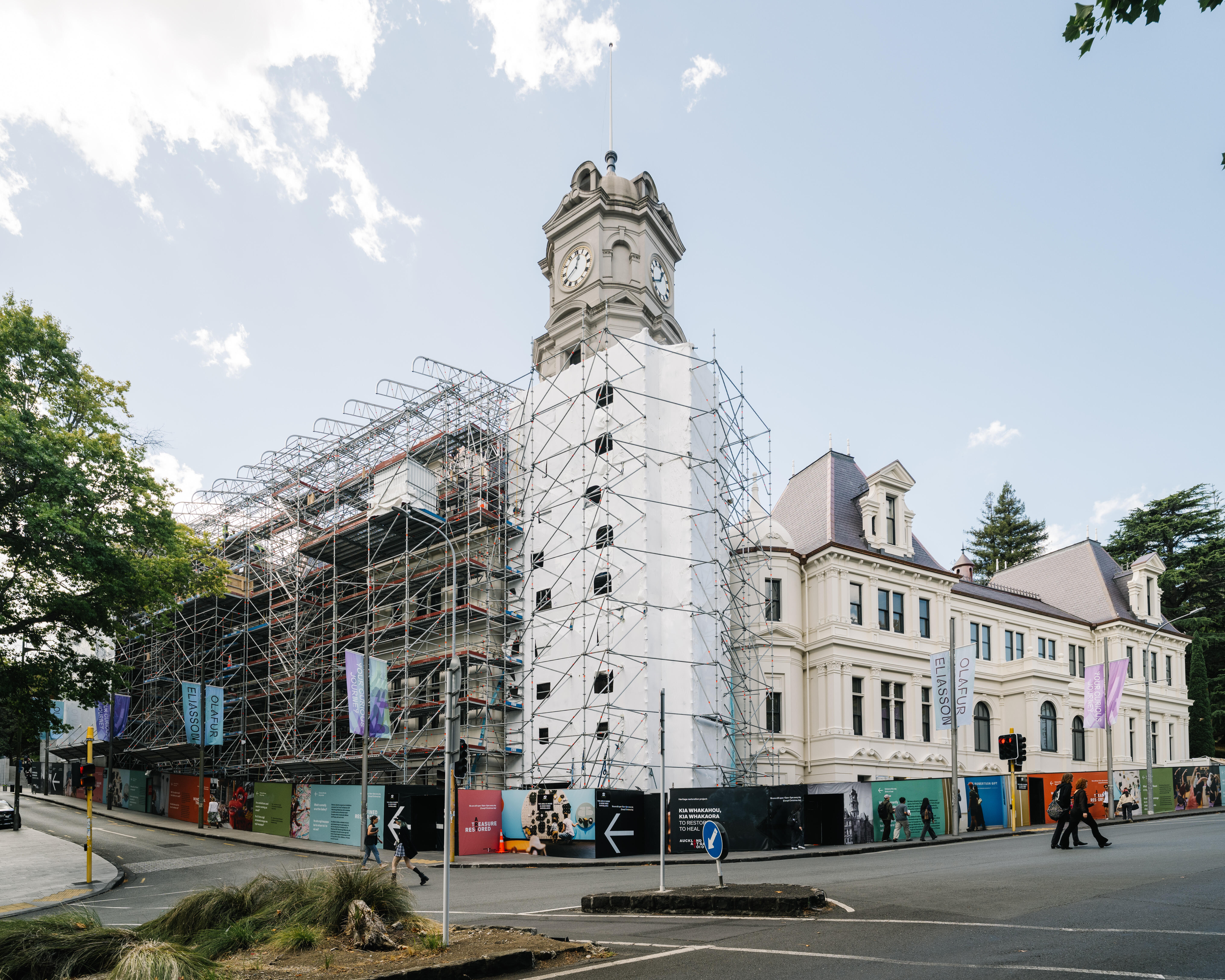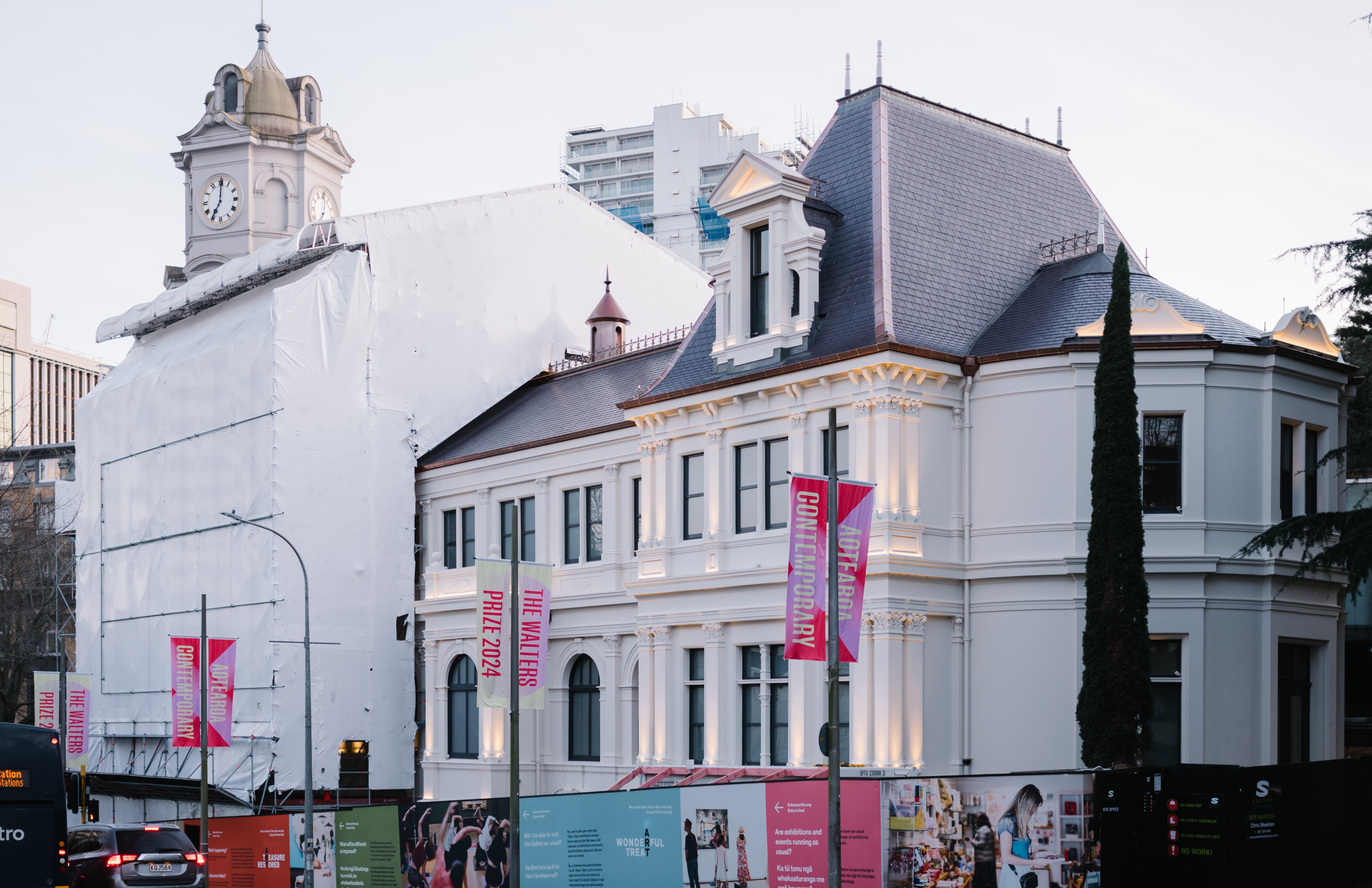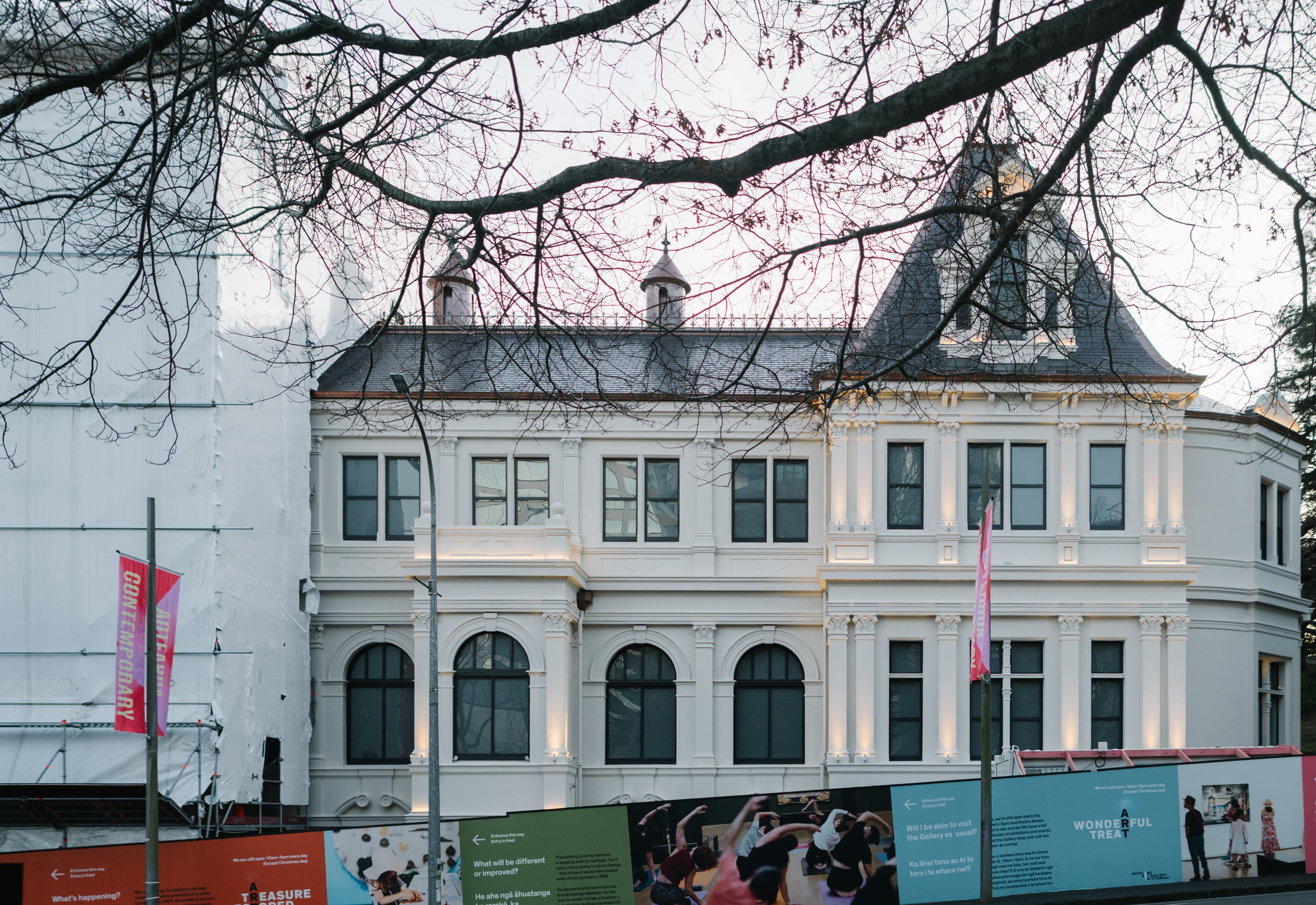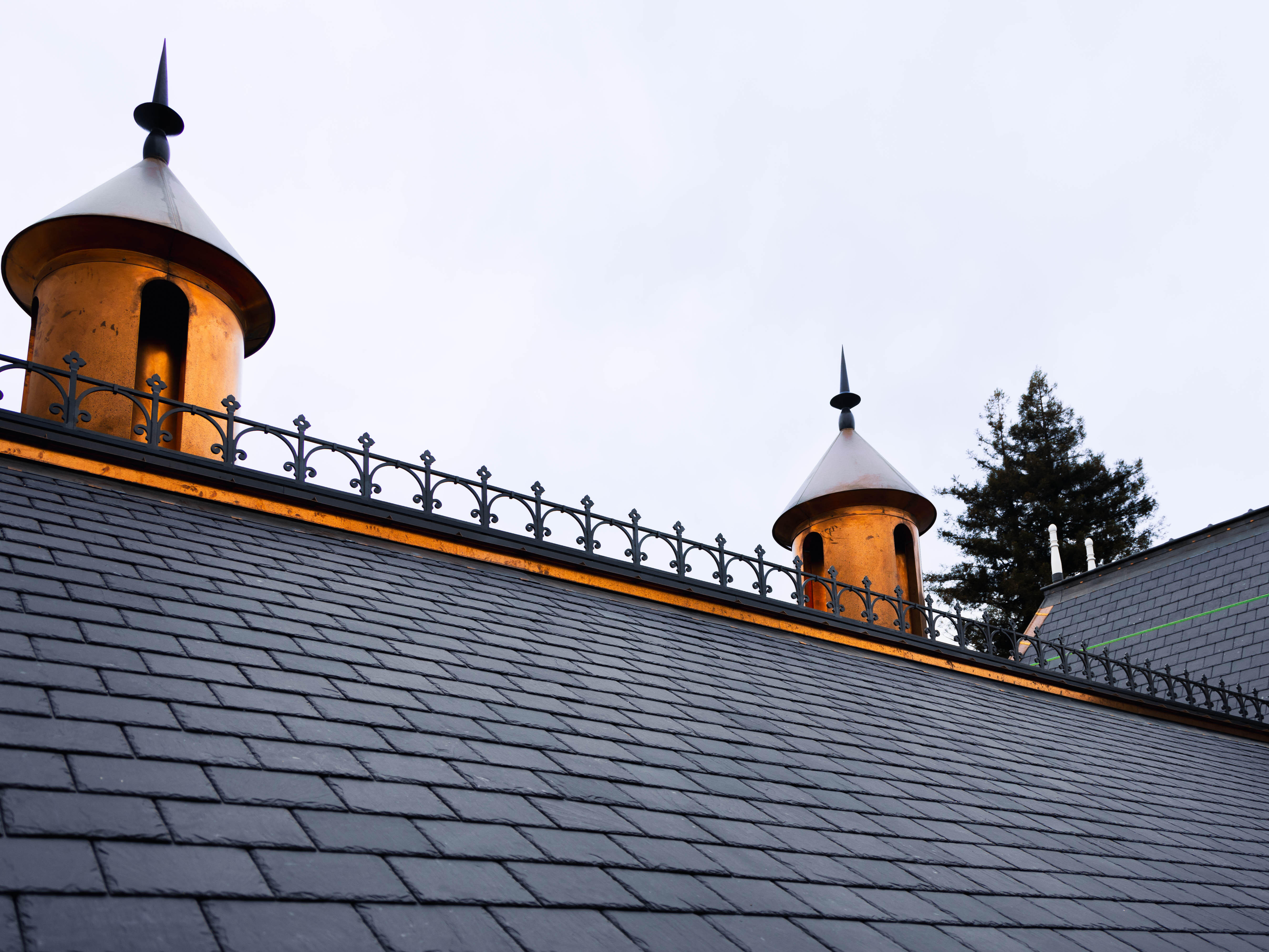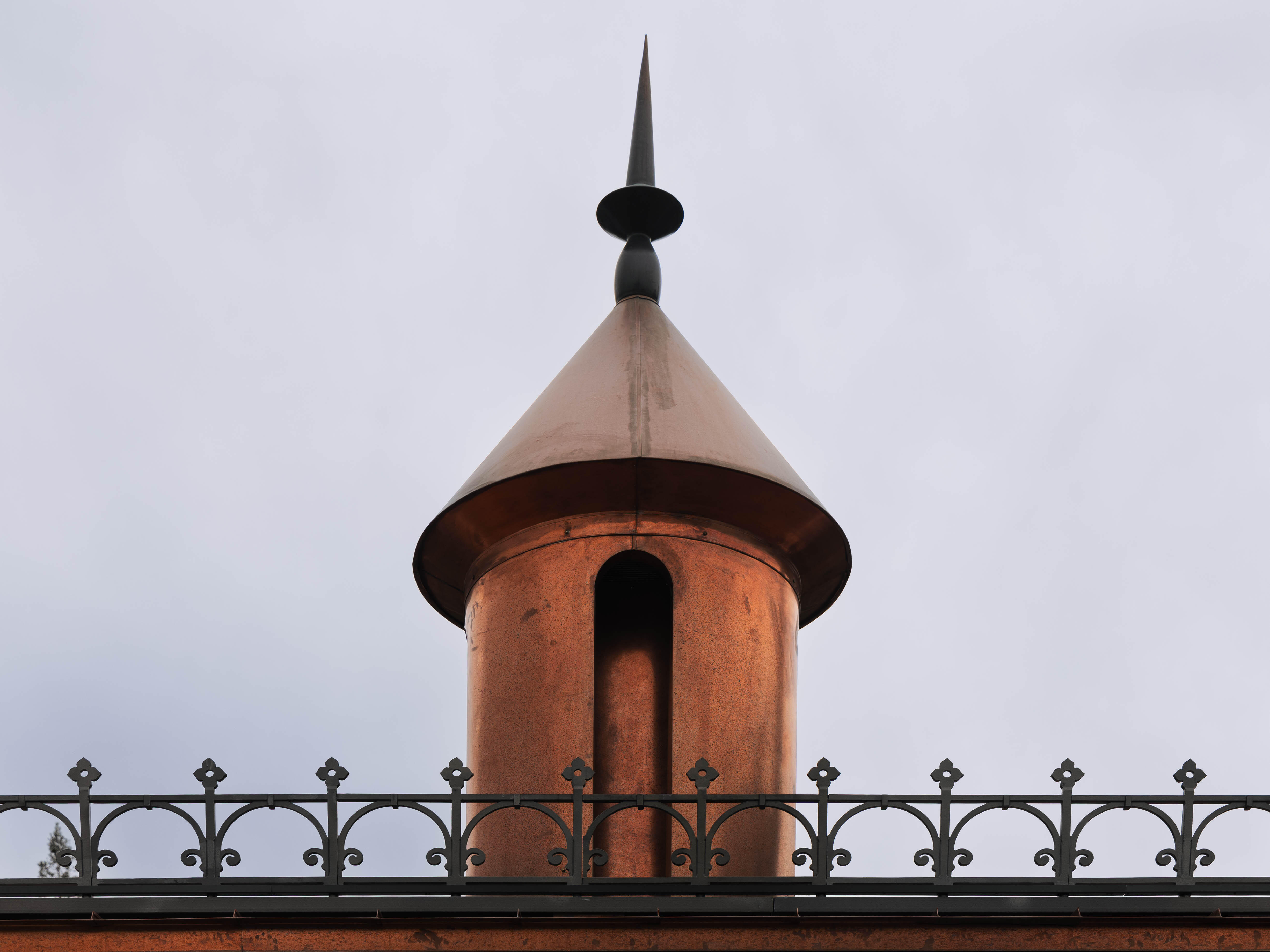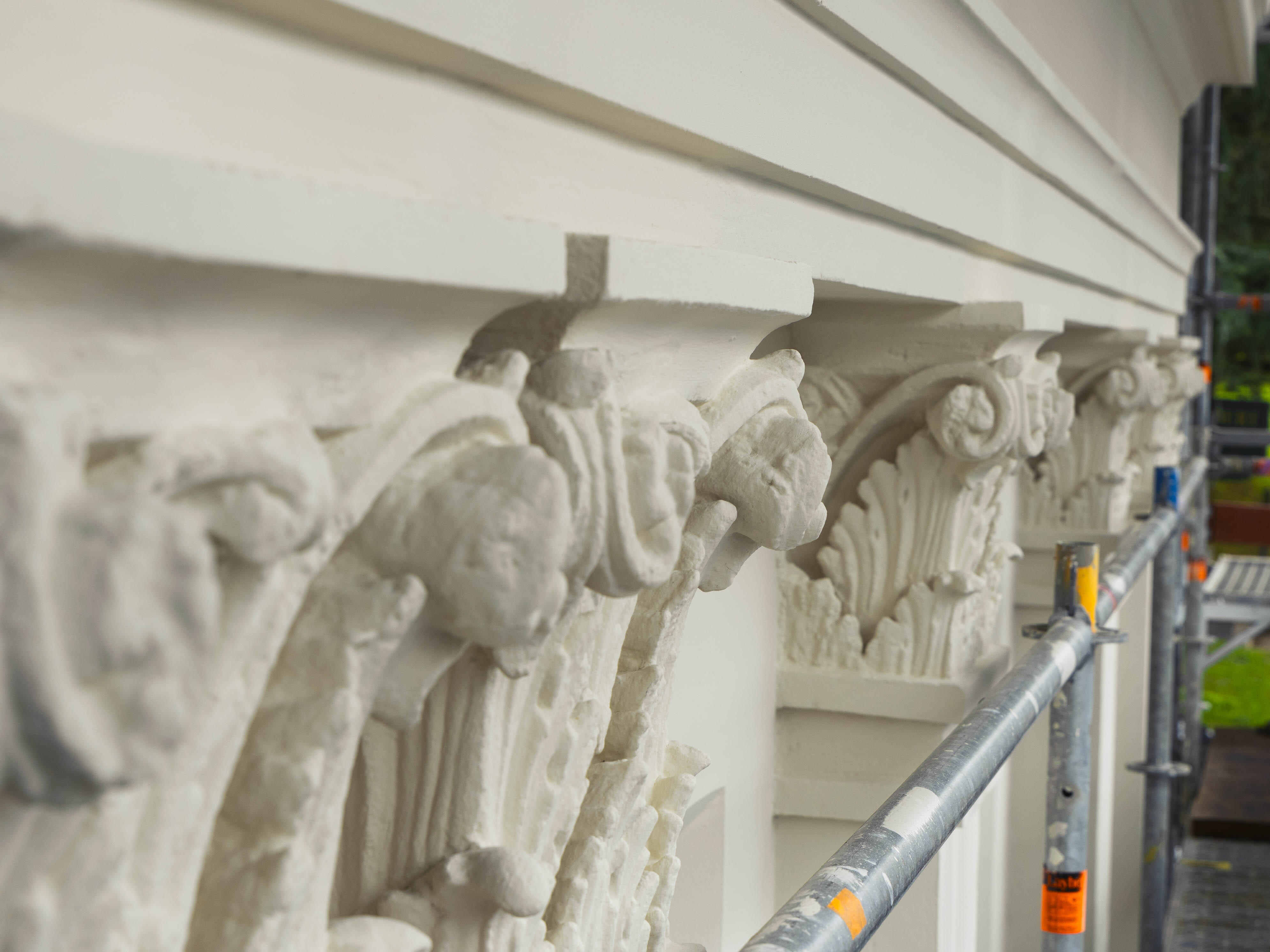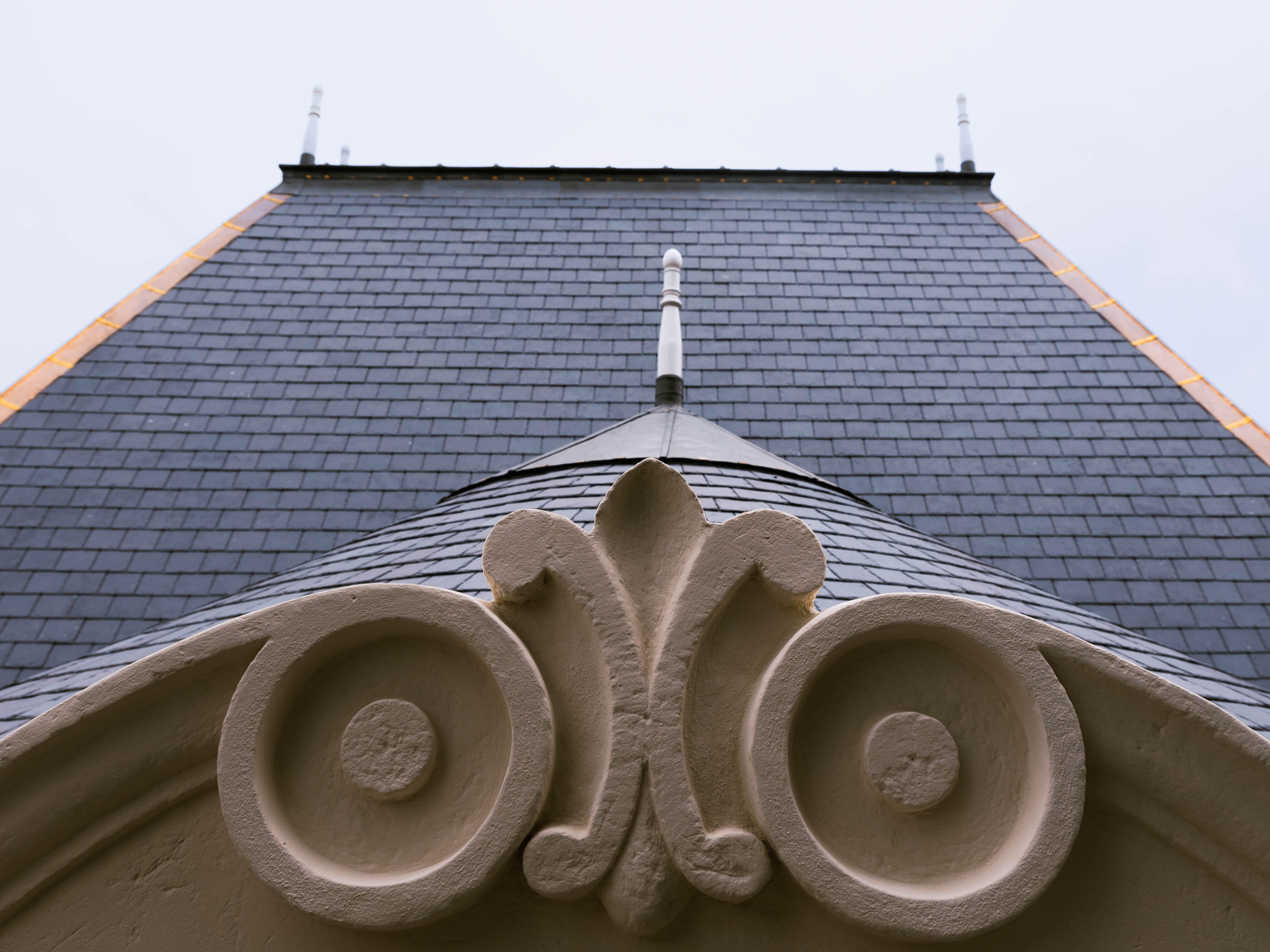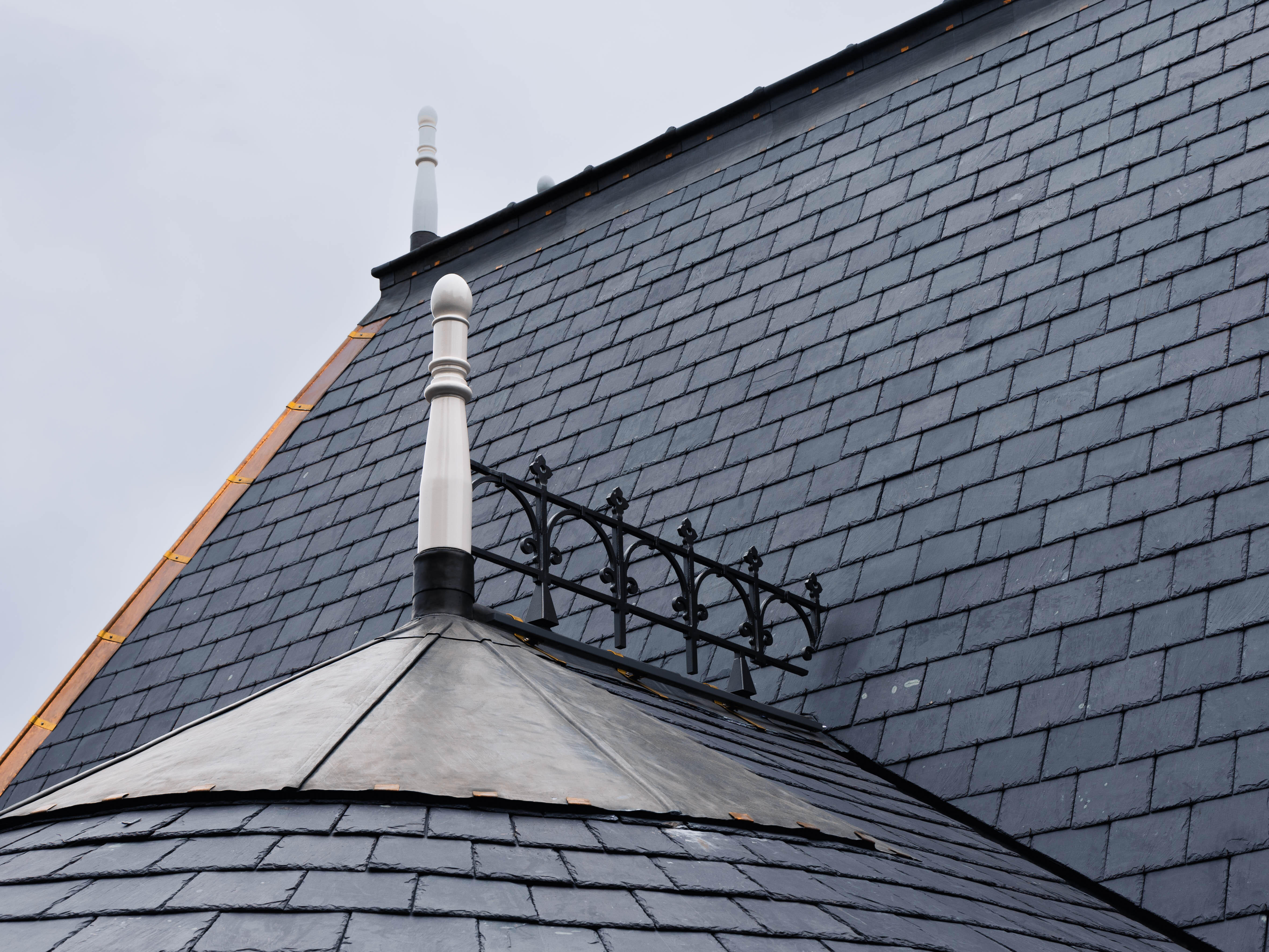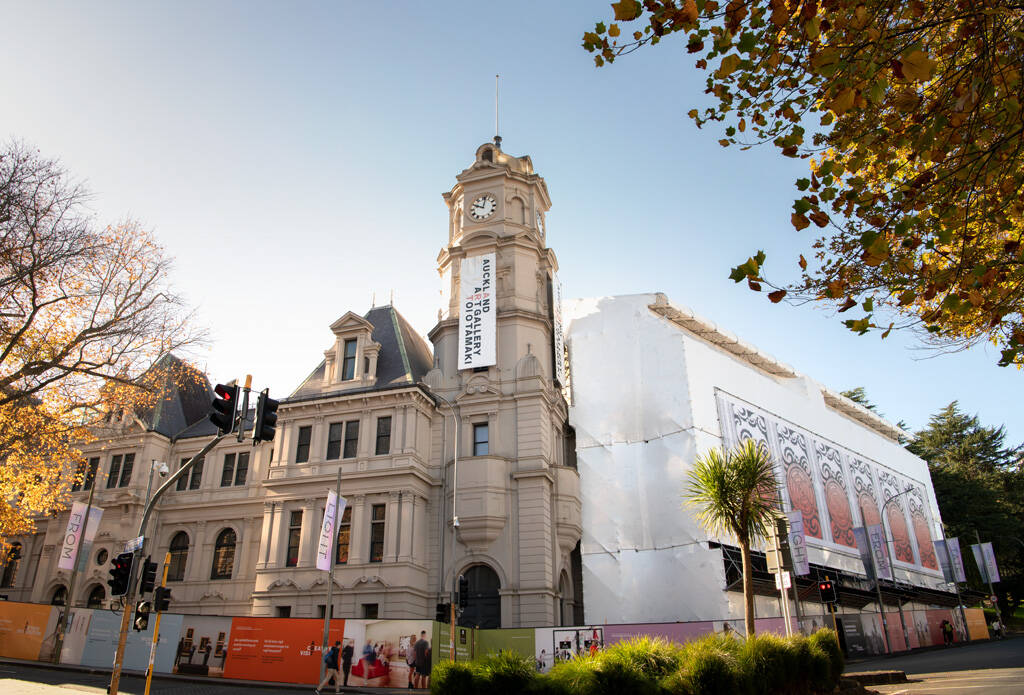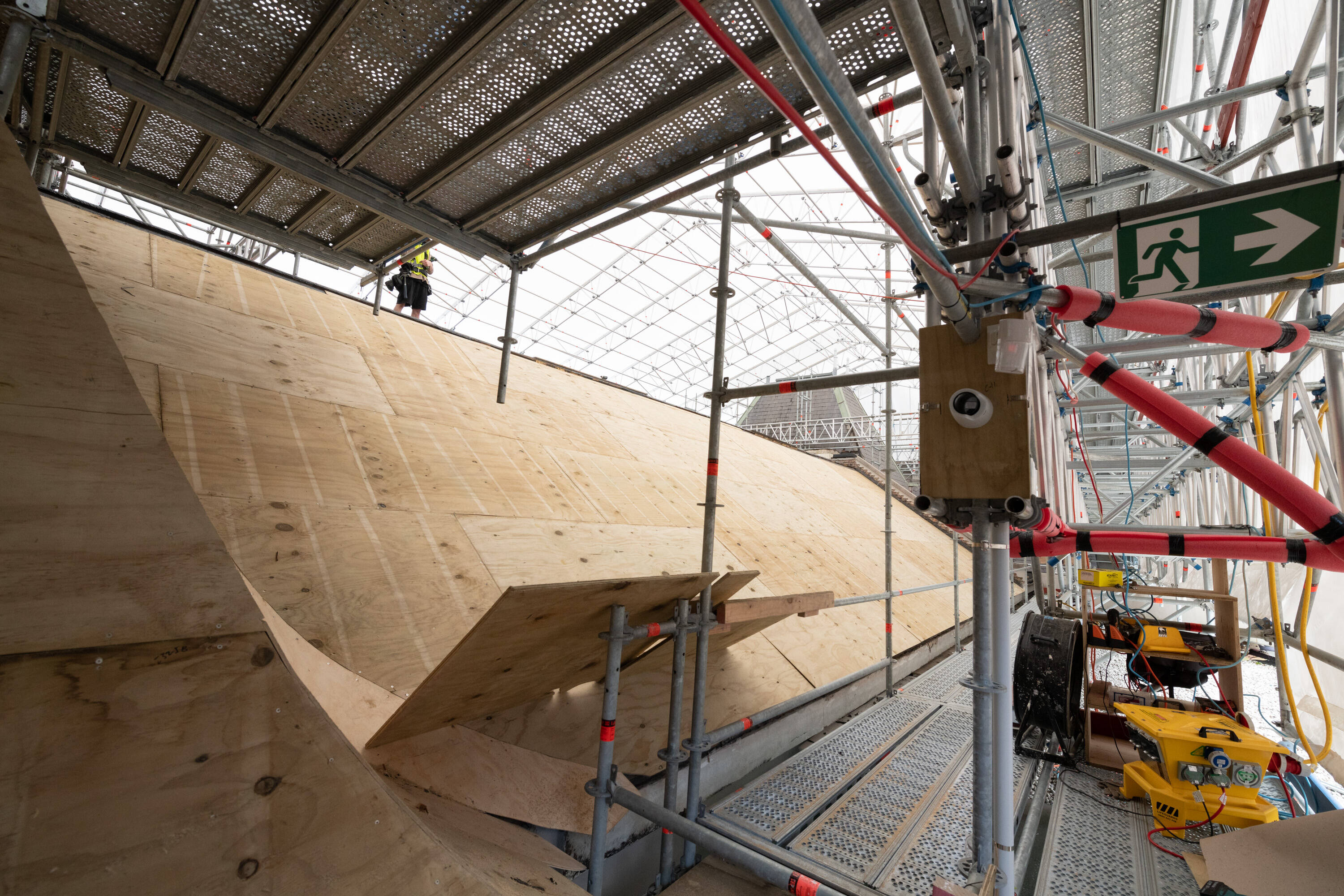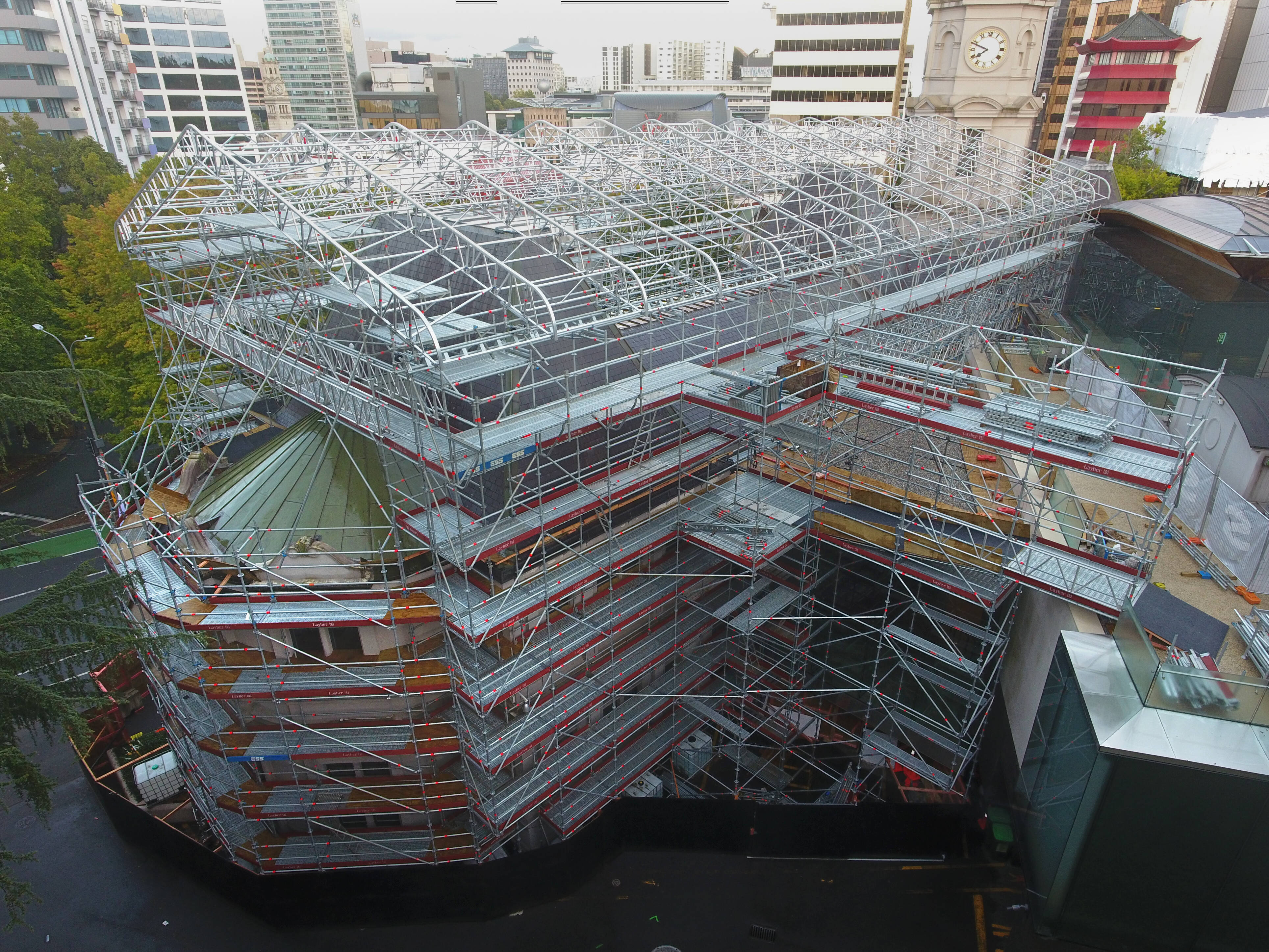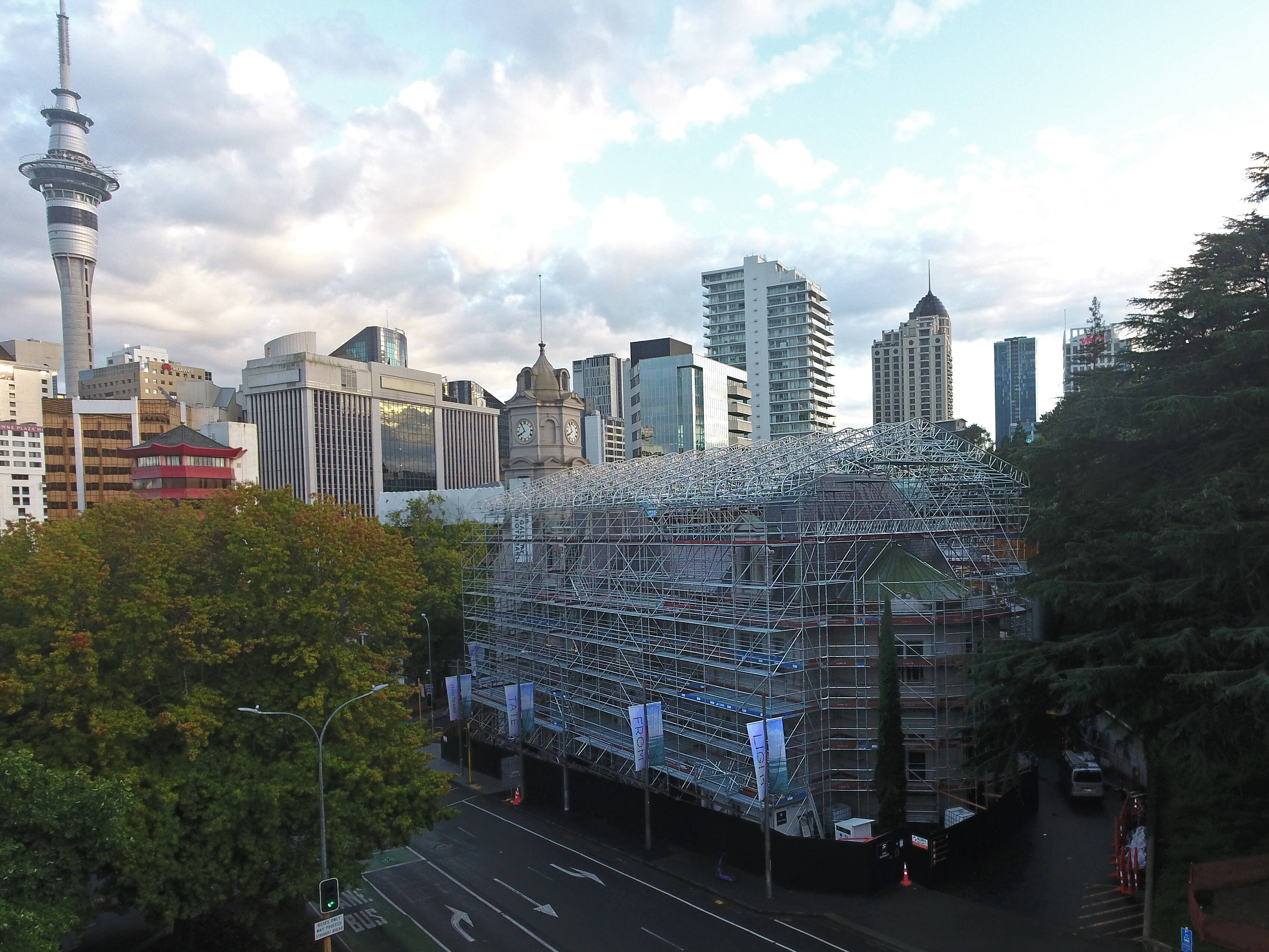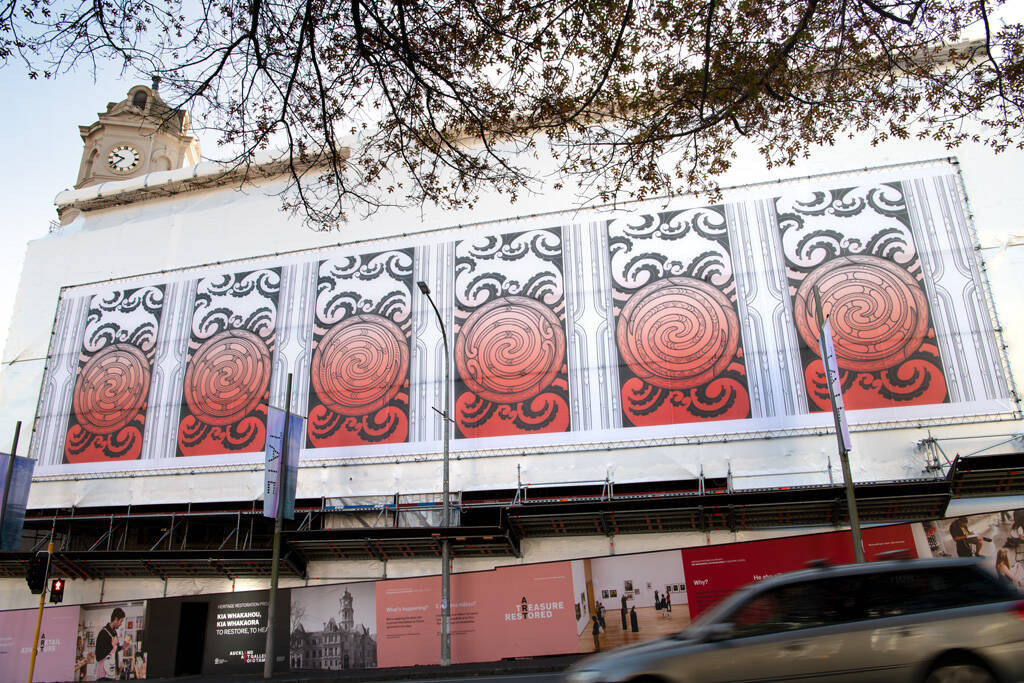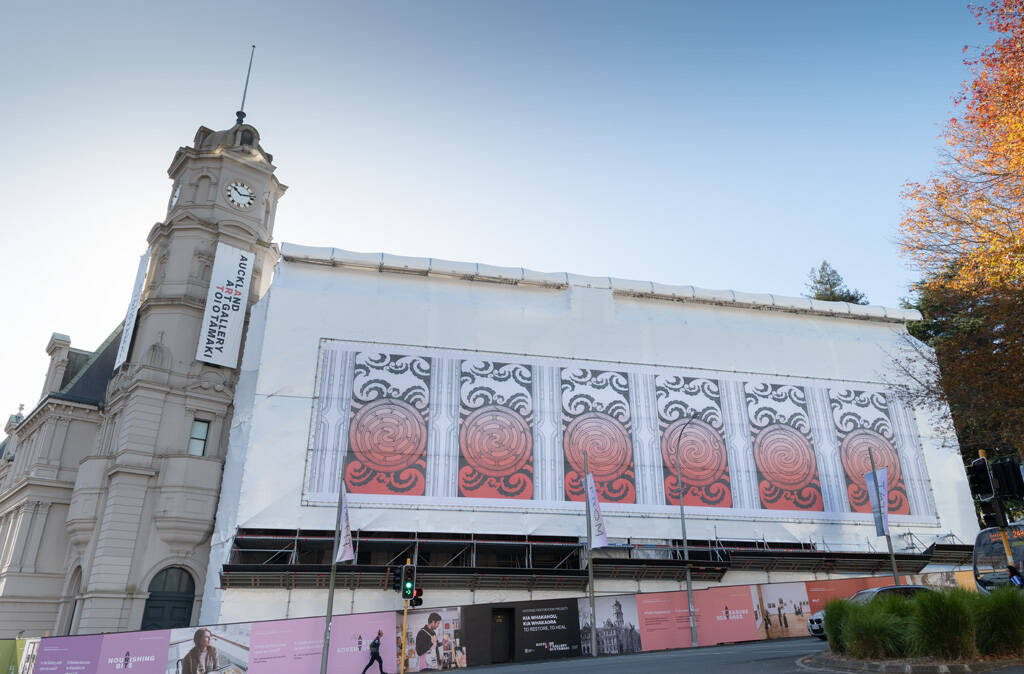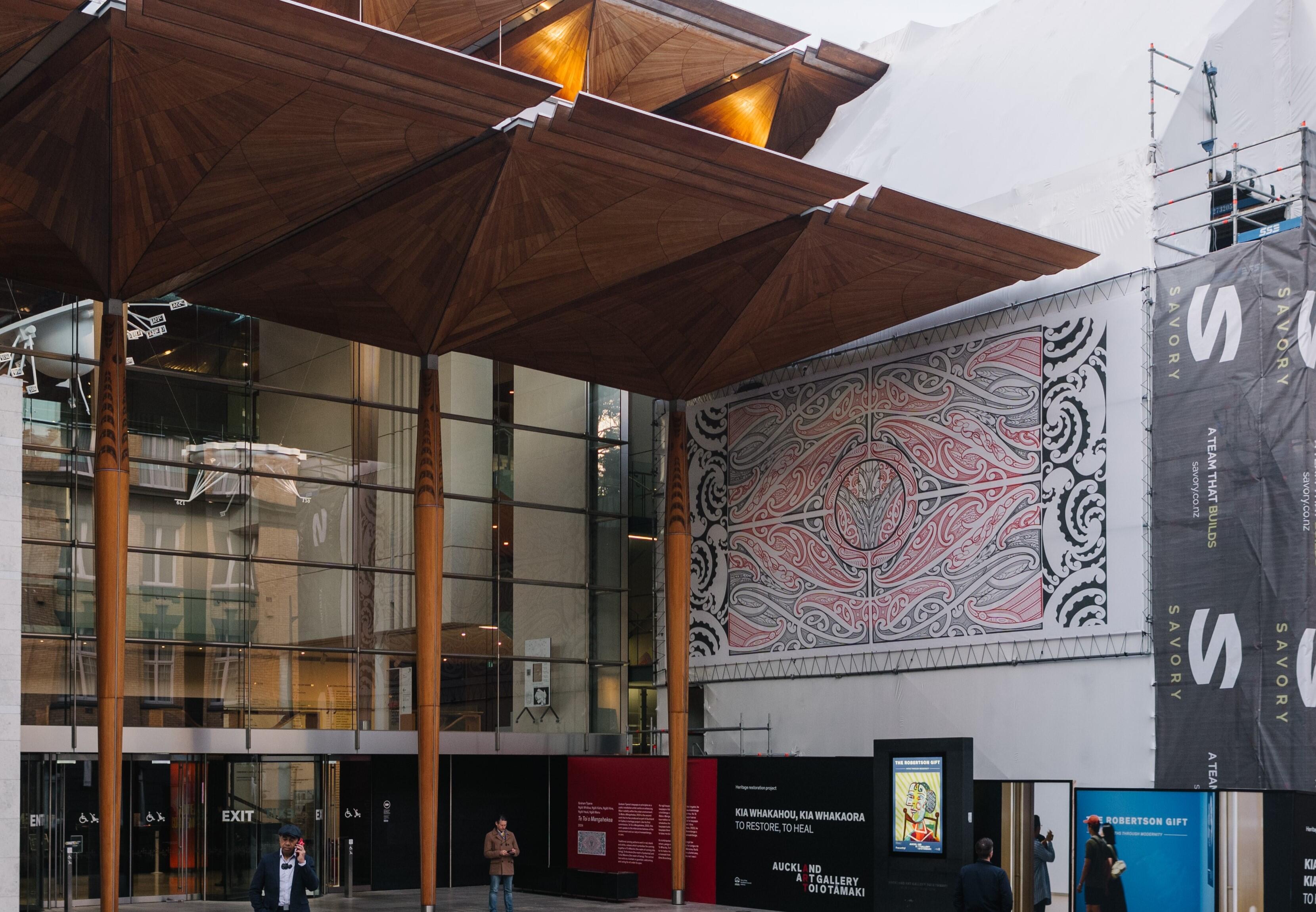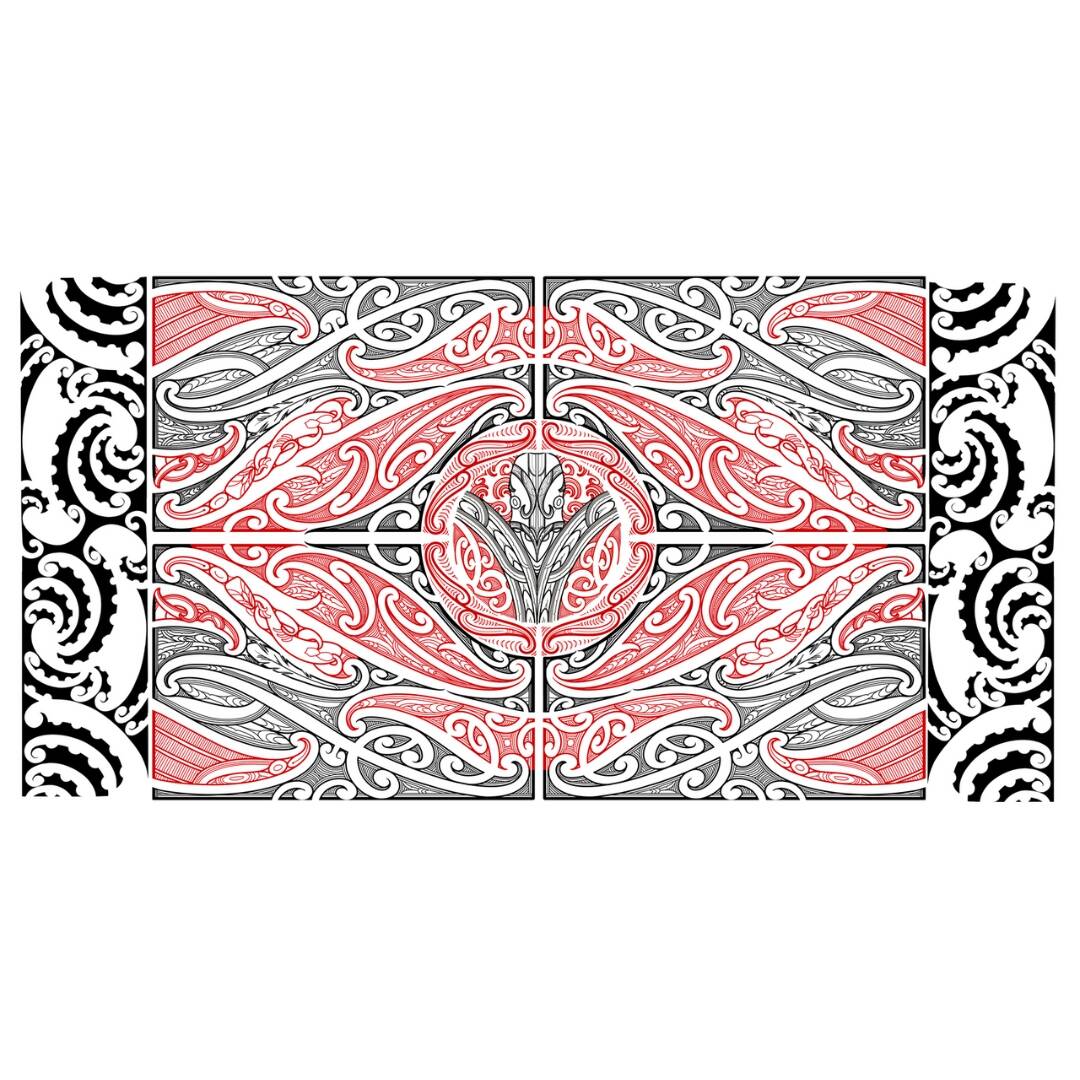Last updated: Wednesday 20 August 2025
Auckland Art Gallery Toi o Tāmaki is replacing the roof of its 135-year-old heritage building, essential work that will help protect the beautiful old building and precious artworks within for future generations.
The heritage restoration project is called ‘Kia whakahou, kia whakaora’, which means to ‘restore’ or ‘heal’ in te reo Māori.
The project is being delivered by Tātaki Auckland Unlimited with support from Precon Project Management and design input from Ignite Architecture and Heritage specialists David Pearson Architects. Savory Construction is the main contractor performing and managing the physical works.
Auckland Council is funding the project as part of the long-term plan for this iconic Auckland asset. Funding for the project has also been supported by the Lottery Grants Board, Te Puna Tahua.
The restoration only affects the heritage building, not the modern extension which opened in September 2011.
The project has made significant progress since it began in February 2023, with the removal of scaffolding revealing the beautifully restored exterior of the heritage building. The remaining work is focused on restoring the clock tower and is expected to conclude in October 2025. Please note, while the project is expected to conclude in October, the remaining scaffolding and hoardings around the building will not be removed until December.

